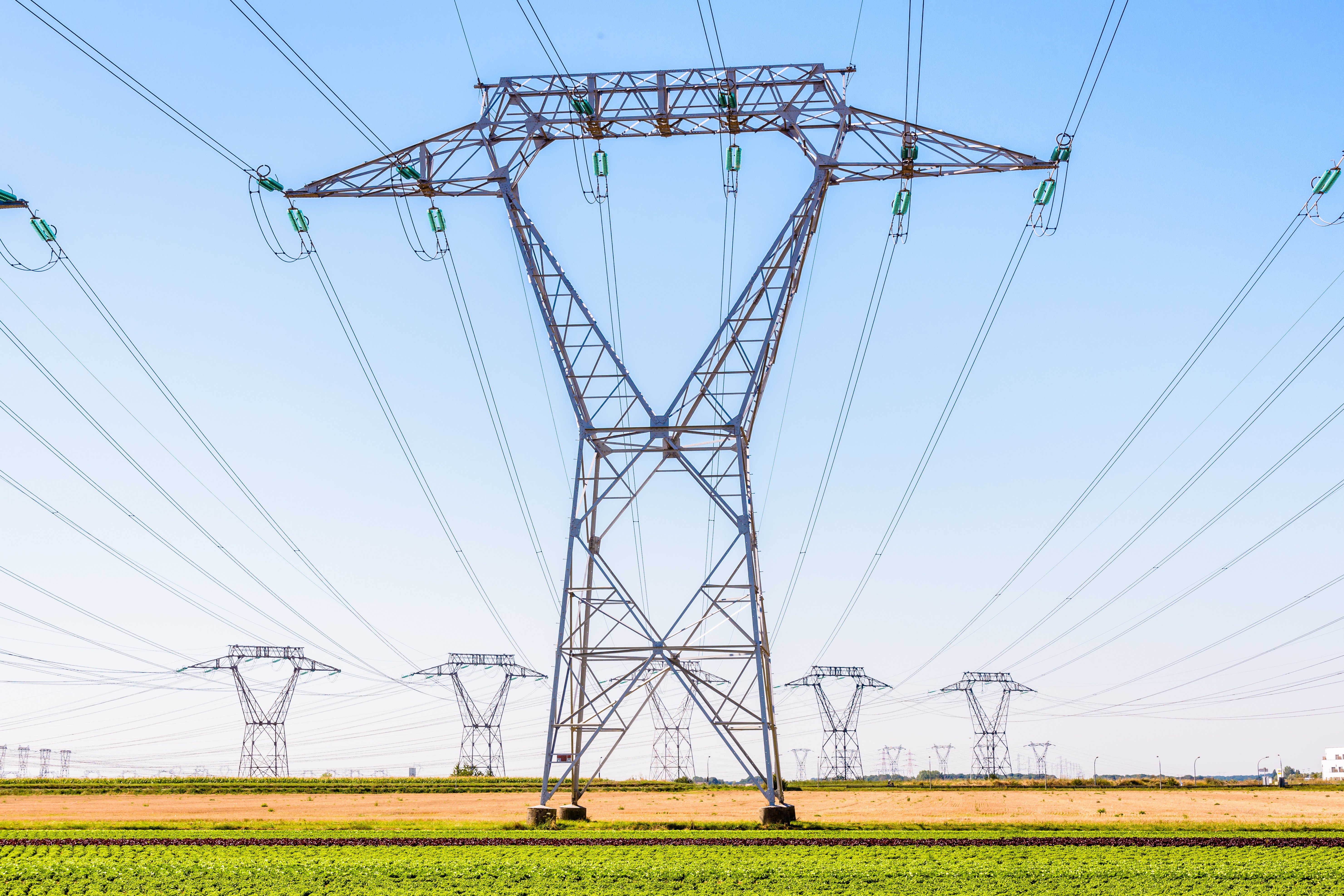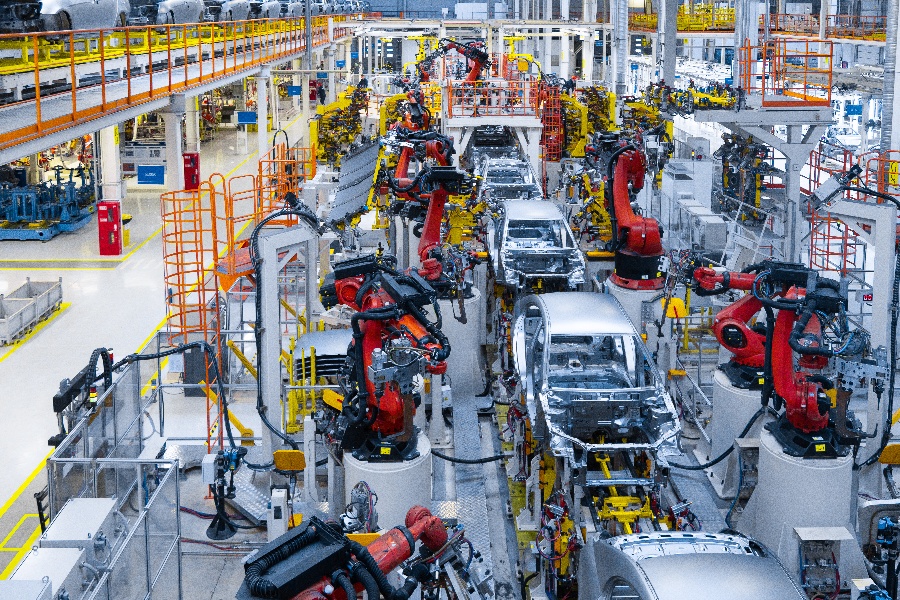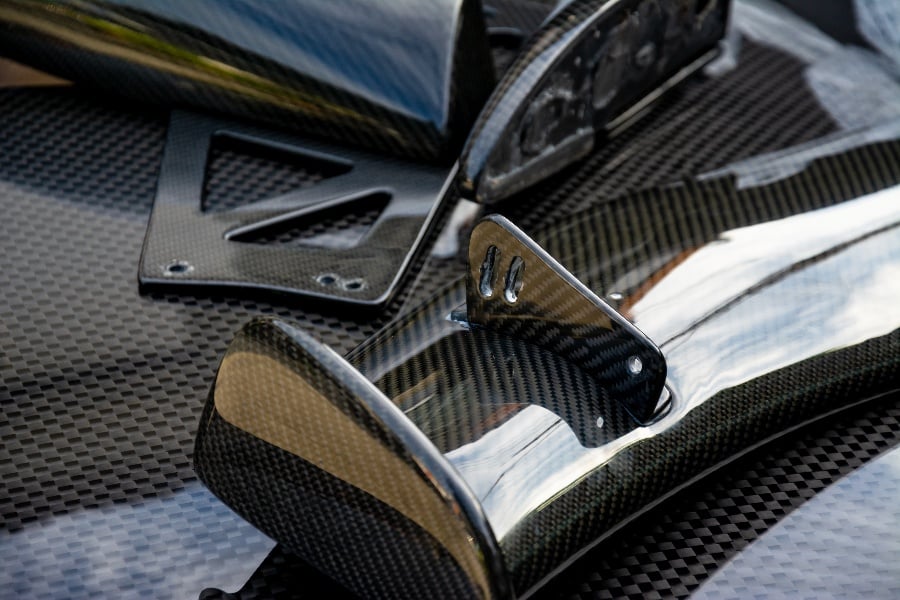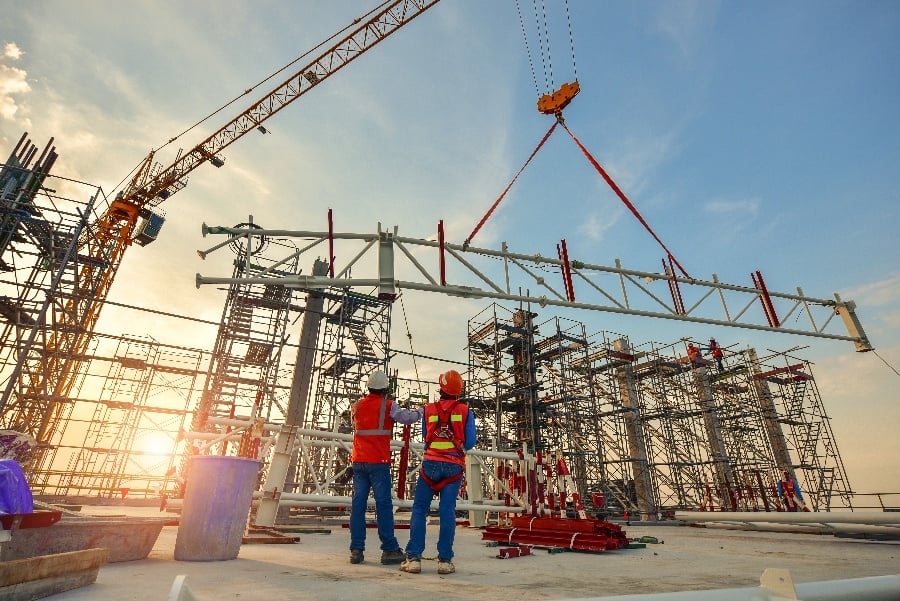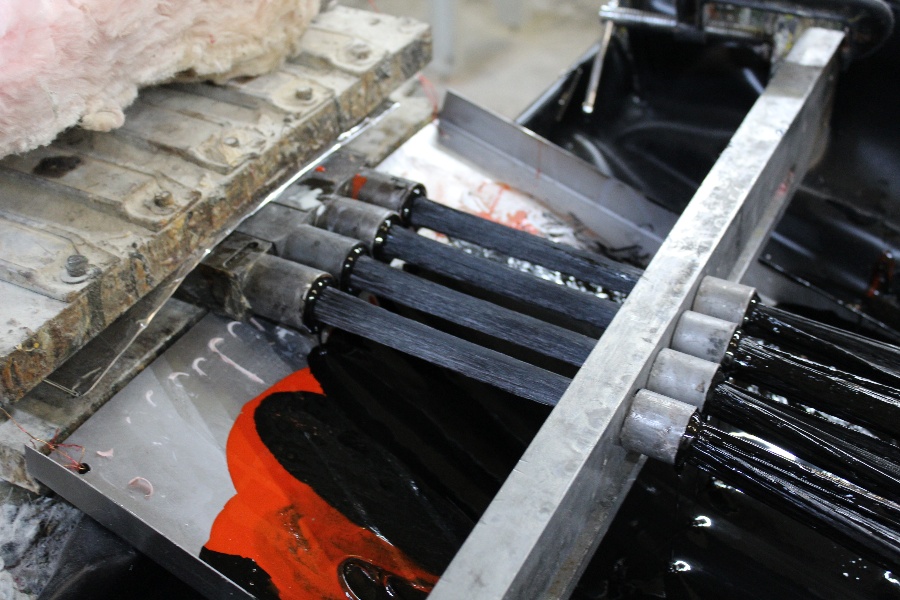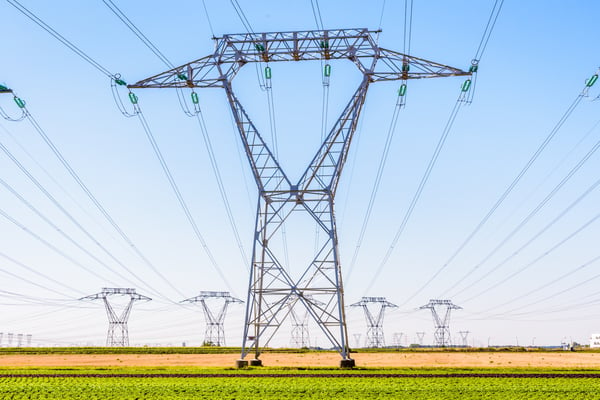
If you are familiar with the ancient narrative known as the Tower of Babel, then you probably know what it might have looked like and whether or not it could be rebuilt today.
In this post, our experts will explore the idea of resurrecting the antiquated skyscraper using modern building materials like Fiber Reinforced Polymer (FRP) composites.
A Brief History
The story of the Tower of Babel comes in many forms from all over the world. However, the most widely known and accepted version comes to us from the book of Genesis in the Bible.
In a nutshell, what happens in the story is a group of people who all spoke the same language attempted to build a tower tall enough to reach the heavens. To prevent this, God confounded their language so that they could no longer communicate with one another. The people were then scattered across the globe, and the Tower of Babel was left unfinished.
Although the ruins of the famous tower have never been found, some archaeologists associate it with the Etemenanki, which was a ziggurat that was found in Babylon. The structure had been built to honor the Mesopotamian god Marduk. It is located just south of modern-day Baghdad.
What Did the Tower Look Like?
Since no remnants of the Tower of Babel have ever been verified, it is unclear what the building would have looked like. However, some scholars have taken information from Genesis to come up with a rough idea of what the structure may have looked like.
Going by the appearance of ancient pyramids and ziggurats in the same region, it’s likely that the Tower of Babel was similar to a steppe pyramid. Sometimes, this style can be referred to as terraced or tiered. In general, ziggurats would also have a shrine located on the roof. Ruins of structures such as these can be found in 30 different countries including Iraq, India, France, Mexico, China, and, of course, Egypt.
During his lifetime, Herodotus, a Greek historian, wrote about his travels to Babylon. In one account, he reported seeing the ruins of an old tower that he thought was the Tower of Babel. In his description, he wrote that it was comprised of eight levels and was about 20 stories high.
In the Book of Jubilee, the Tower was described as being made of bricks and asphalt. It stood 5,433 cubits and 2 palms high, which equates to about 8,150 feet or 1.6 miles. That is taller than the world’s tallest building today, which is the Burj Khalifa in Dubai (2,716 feet). This account also states that it took 43 years to build.
Reconstructing the Tower
If we were to undertake this feat today, it wouldn’t take 43 years to complete. The first step to recreating this iconic structure would be to decide on a size.
Between the descriptions from Herodotus and the Book of Jubilee, it is far more likely that the Tower of Babel was as Herodotus described. A 20 story building by today’s standards is about 656 feet. Comparatively, the Great Pyramid of Giza is 455 feet, so this is a more suitable ballpark range to go on.
The next step would be to choose building materials. Although the ancient Tower was built using bricks, today’s version would be created with steel, concrete, and FRP composites.
While brick has a pleasant aesthetic that many people like, it is impractical to use in tall buildings. It is entirely inflexible and subject to corrosion over time.
As a building grows taller, it needs to have a certain amount of give that allows it to move a bit. While that may sound strange, flexibility in skyscrapers is what prevents them from toppling over or collapsing. By using FRP composite reinforced concrete during construction, the new version of the Tower would be much more stable and durable.
Building a Lattice Tower
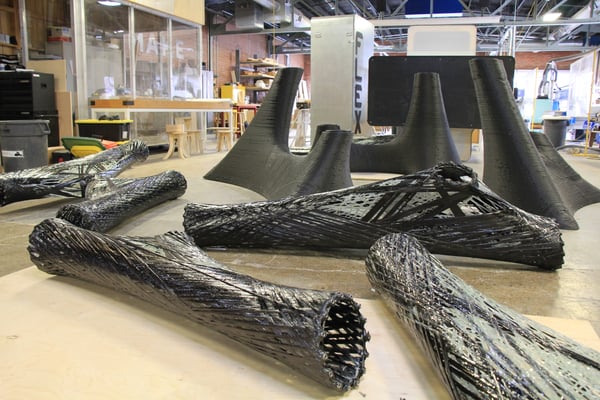 Pic Credit: archdesign.utk.edu
Pic Credit: archdesign.utk.edu
An example of using FRP composites in a similar scenario comes out of Columbus, IN. Known as the Exhibit Columbus, a 30-foot lattice tower has been built out of FRP composites.
As the first cordless, spiral filament tower in all of North America, this interesting building features an open lattice design and was conceptualized by Marshall Prado, assistant professor of structural technology at the University of Tennessee.
Highlighting the cosmetic qualities of fiberglass and carbon fiber, this unique tower is built on 3 foundational bases. The rest of the parts were used to create the tubular attire design which range from three to eight feet in length.
These tubular lattice pieces were made using a 10-foot winding frame and a 4-inch diameter pipe made of steel. The pipe was rotated on a horizontal axis with steel arms measuring 2-inch in diameter. A circular plate was fitted to the ends of the pipe arms, which also had protruding bolts for winding points.
As the pipe rotated, a robot was used to pull fiberglass and carbon fiber rovings through a liquid resin bath. This process is known as pultrusion. The rovings were then looped over the bolt and pulled to another arm to loop over the next bolt.
Out of the 27 tubular lattice parts, each one underwent a different winding pattern. In many cases, the fiberglass rovings were overlaid with carbon fiber filaments to add strength and rigidity.
All 27 parts were wound in about 5 hours and left to cure overnight. Each of the three bases was 3D printed and measured eight feet in length and four feet in height.
Once all the parts were manufactured, they were shipped to the site and assembled. Steel screws covered by aluminum sleeves were used to build the tower together.
Could this process be used to recreate the Tower of Babel? Possibly. The goal of this coreless lattice tower was to further advance the use of FRP composite profiles in construction. However, to create a tower that stands 656 feet right now, the architect would most likely use fiberglass or carbon fiber rods to reinforce the building and allow for flexibility.
To learn more about fiberglass profiles, get in touch with our team here at Tencom.

